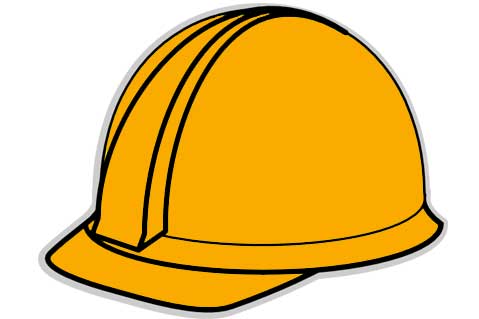News June 22, 2017
Economy Watch: Homebuilding Declines Again in May
Homebuilding declined for the third straight month in May, a possible sign that the hot residential construction market has now cooled off.

Housing starts fell 5.5% in May to a seasonally adjusted annual rate of 1.09 million units, following a 2.7% decrease in April and a 7.7% drop in March, the Commerce Department reported. Starts were lower due to declining construction in the Midwest and the South, which reached its weakest level since October 2015. Construction of single-family properties dropped 3.9% to its lowest level since September. Multifamily unit-construction declined for the fifth consecutive month, tumbling 9.7%.
Building permits, an indicator of future construction, fell 4.9% to 1.17 million, the lowest rate since April 2016.
The decline has halted residential construction’s momentum, which had been climbing since 2012 after the burst housing bubble caused a five-year downward spiral. Census data shows that monthly spending on home construction dropped to $91 billion in May 2009, but by July 2014 had bounced back to $187 billion. Residential building construction grew 12.8% in 2015, becoming one of the 10 fastest-growing industries in small business.
Despite the growth, the U.S. has added less new housing over the past decade than at any time since the 1970s, according to The State of the Nation’s Housing 2017 report, conducted by Harvard University. From 2004 to 2015, the number of starter homes dropped from 500,000 units to around 136,000, the data shows.
A combination of fewer skilled workers and fewer available lots has contributed to the decline as regulatory hurdles and stricter financing requirements have limited the supply of land for builders. Fewer houses have led to higher prices and heavy competition, with new homes being gobbled up quicker than ever before. The typical new home was on the market for 3.3 months in 2016, well below the typical 5.1 month average, the study reported.
Meanwhile, the rental market has exploded as more Americans search for landlords with open space. The rental vacancy rate has fallen to 6.9%, the lowest rate in more than three decades. With such high demand, rental prices have risen faster than inflation in most areas. One in four renters spends more than half their income on housing and almost half pay more than 30% of their incomes on rent, the data shows.
